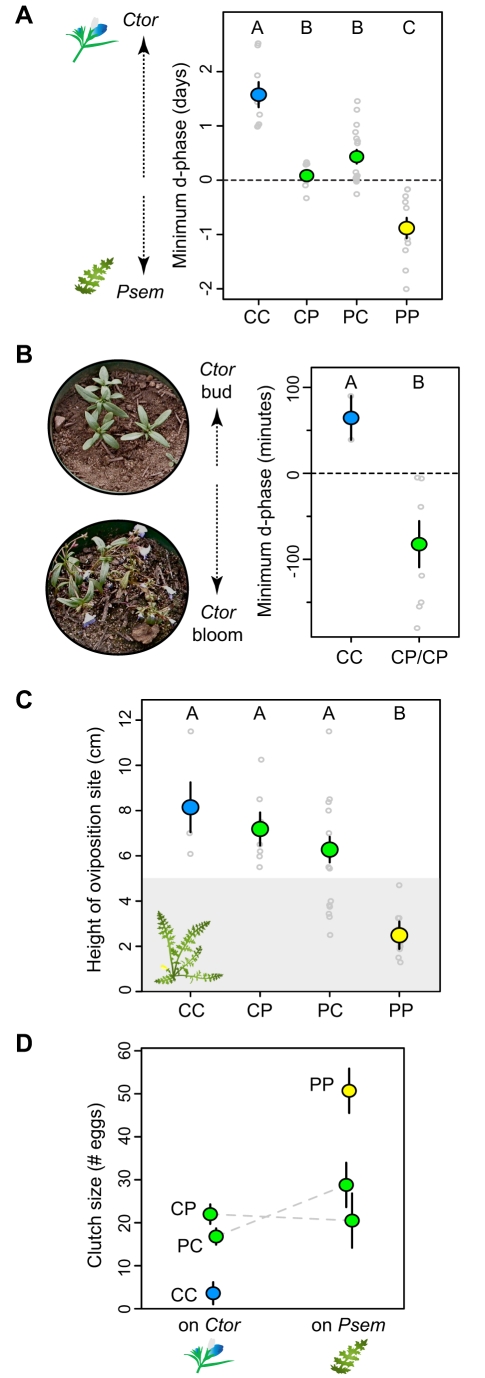Figure 4. Different-host hybrid females exhibit intermediate oviposition behavior.
Colored circles show means ± SEM and small grey circles show raw data. (A) Host Preference for Ctor versus Psem. Preferences are quantified in terms of the minimum discrimination phase (d-phase), whose absolute value and sign reflect preference strength and direction, respectively. The dashed line at zero indicates no preference. Variation among cross types was significant (ANOVA p<0.0001). Capital letters at top of panel show Tukey's HSD groupings. (B) Host preference for budding versus blooming Ctor. Positive and negative d-phases indicate preferences for budding and blooming plants, respectively. Typical examples of such plants are shown in the photographs. The difference between CC and CP/PC was significant (t test p = 0.03) and is reflected by capital letters at top of panel. (C) Oviposition site height on Psem. All females were placed on leaves above 5 cm (white portion of plot); females choosing oviposition sites below 5 cm (grey portion of plot) dropped towards the ground during their exploration of the plant. Variation among cross types was significant (ANOVA p<0.0001). Capital letters at top of panel show Tukey's HSD groupings. (D) Clutch size. Variation was significant with [PC = CP]>CC on Ctor (ANOVA p<0.0001) and [PC = CP]<PP on Psem (ANOVA p = 0.003).

